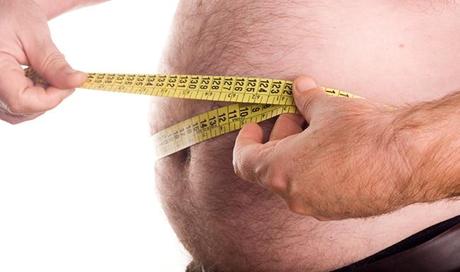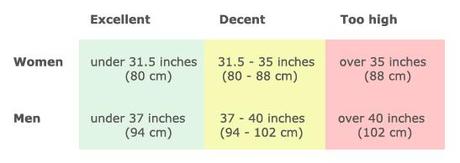Do you want to lose weight? Here’s part 4 of a 17-part series of blog posts. You can read all the posted tips on the How to Lose Weight-page.
The first and most important advice was to choose a low carb diet. Number two and three to eat when hungry and to eat real food. Here’s #4:
4. Measure Your Progress Wisely
Tracking successful weight loss is sometimes trickier than you think. Focusing only on weight and standing on the scale every day might be misleading, cause unnecessary anxiety and undermine your motivation for no good reason.
The scale is not necessarily your friend. You may want to lose fat – but the scale measures muscles, bone and internal organs as well. Gaining muscle is a good thing. Thus weight or BMI are imperfect ways to measure your progress. This is especially true if you’re just coming off a long period of semi-starvation (calorie counting), as your body may want to restore lost muscles etc. Starting weight training and gaining muscle can also hide your fat loss.
Losing fat and gaining muscles is great progress, but you may miss it if you only measure your weight. Thus it’s smart to also track the disappearance of your belly fat, by measuring your waist circumference.

Here’s how to do it:
- Put the measuring tape around your middle, like in the picture above, slightly above your belly button (to be exact: at the midpoint between your lowest rib and the top of your hipbone, at your side).
- Exhale and relax (don’t suck in your stomach).
- Make sure the measuring tape is snug, without compressing your skin.
- Measure
Compare your result to these recommendations:

I recommend aiming for “excellent” but it’s not always realistic. Young people can usually achieve it, but for some middle-aged or older women it may be a major victory to get all the way to “decent”.
Measuring progress
I suggest measuring your waist circumference and weight before starting and then perhaps once a week or once a month. Write the results down so that you can track your progress. If you want you can measure more areas: around the buttocks, the chest, the arms, legs, etc.
Note that your weight can fluctuate up and down several pounds from day to day, depending on fluid balance and stomach contents: Don’t worry about short term changes, instead follow the long-term trend.
If you can, try to check other important health markers when starting out, like these:
- Blood pressure
- Blood sugar (fasting blood glucose and/or HbA1c)
- Cholesterol profile (including HDL, triglycerides)
These markers are almost universally improved on a low carb diet, even before major weight loss. Re-checking these health markers after a few months can be great for your motivation as they’ll usually show that you’re not just losing weight, you’re gaining health too.
PS: Don’t have a measuring tape at home? Try these options:
- Use any piece of string. Wrap the string around your waist and clip off the extra on day one. This string could magically appear to become longer and longer every week you wrap it around your waist.
- Comparing how an old pair of jeans fit is also a decent option.

